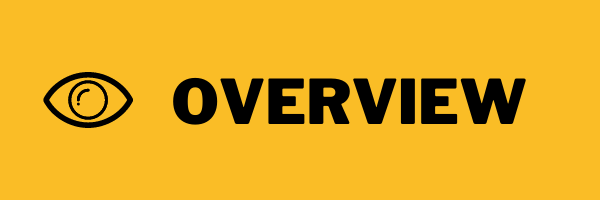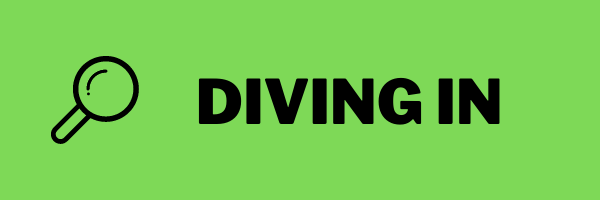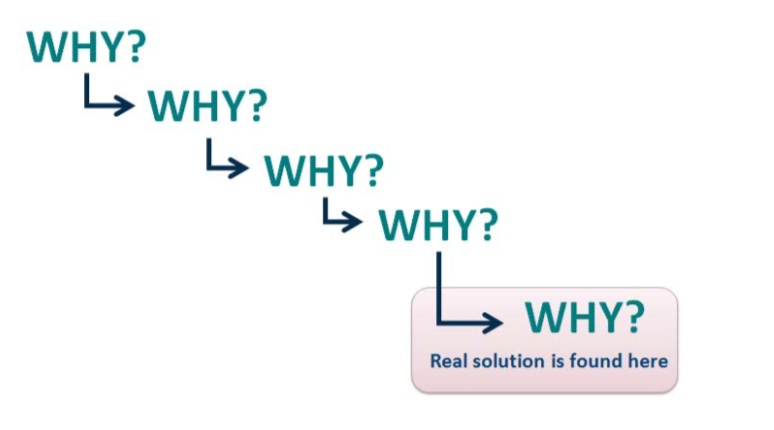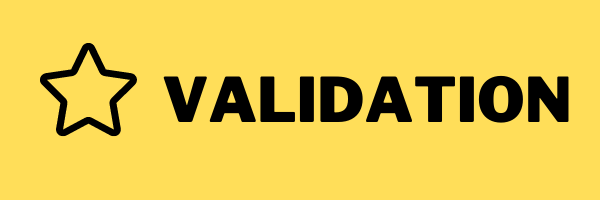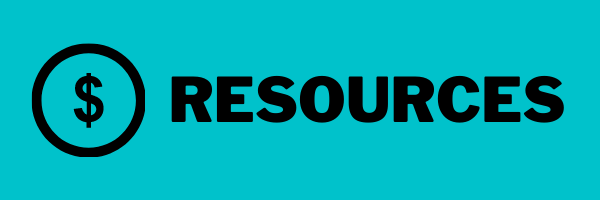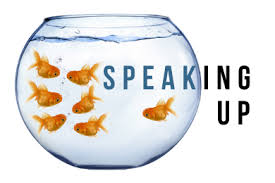Oakwood Problem Solvers
By: Gwen Luban & Meredith Bauder
By: Gwen Luban & Meredith Bauder
Project at a Glance :
Small groups of students will create a process for problem solving in our building, mostly during recess time. This trained group would help other students work through a 'process' when they're struggling with each other - helping both parties come to a conflict resolution together with as little adult intervention as possible. Ideally, this process carries into other areas of the building and their personal lives.
Driving Question:
How can we help others to solve problems? How can we, as student leaders, create a plan to ensure all students become better problem solvers?
|
Standards:
Skills4Success:
|
Stakeholders:
|
Incubation:
|
|
Solution Building:
|
Authentic Audience:
|
Click here for teacher's full plan.
Reflection and Feedback:
|
|
Meet the Educator:
Gwen Luban is the Dean of Students at Oakwood Intermediate School, Allendale Public Schools. Meredith Bauder is a School Counselor at Oakwood Intermediate School and Allendale Early Childhood Center, Allendale Public Schools. "I love the idea of students working collaboratively to brainstorm ideas that lead to possible solutions for the challenge they are facing. When students have ownership in the work, the quality of the work is above and beyond our expectations! "~ Gwen Luban "PBL is a student centered approach to learning. I love how it connects students with stakeholders in the world of work within the community." ~ Meredith Bauder |
